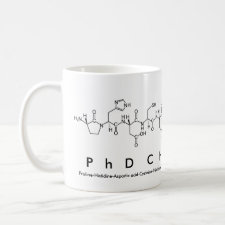
Authors: Campanella B, Pulidori E, Onor M, Passaglia E, Tegli S, Izquierdo CG, Bramanti E
Article Title: New polymeric sorbent for the solid-phase extraction of indole-3-acetic acid from plants followed by liquid chromatography - Fluorescence detector.
Publication date: 2016
Journal: Microchemical Journal
Volume: 128
Page numbers: 68-74.
DOI: 10.1016/j.microc.2016.04.014
Alternative URL: http://www.sciencedirect.com/science/article/pii/S0026265X16300406
Abstract: Plant hormones play a crucial role in controlling plant growth and development. These groups of naturally occurring substances trigger physiological processes at very low concentrations, which require sensitive techniques for their quantitation. This study reports on the development of a newly synthesized polymer sorbent for the analysis of indole-3-acetic acid (IAA), which is the most important auxin in plants, from complex raw matrices, such as plant extracts. IAA was determined by high-performance liquid chromatography (HPLC) coupled with fluorescence detection (FD). The polymer developed was able to bind about 94% of IAA with a reproducible manner. The release of IAA in methanol was more than 70% for both of them. Non-specific hydrophobic interactions are, likely, the dominant driving force of the binding between IAA and the polymer. This methodology was applied for the determination of IAA in raw lemon leaves. The detection and quantification limits for IAA in real samples were 0.50 ± 0.08 ng/g and 2.64 ± 0.09 ng/g (n = 3, α = 0.05), respectively. As expected, the IAA concentration in uninfected lemon sample was significantly lower respect to the concentration found in infected sample
Template and target information: indole-3-acetic acid, IAA
Author keywords: Indole-3-acetic acid, molecular fluorescence, Plants, polymeric sorbent



Join the Society for Molecular Imprinting

New items RSS feed
Sign-up for e-mail updates:
Choose between receiving an occasional newsletter or more frequent e-mail alerts.
Click here to go to the sign-up page.
Is your name elemental or peptidic? Enter your name and find out by clicking either of the buttons below!
Other products you may like:
 MIPdatabase
MIPdatabase









